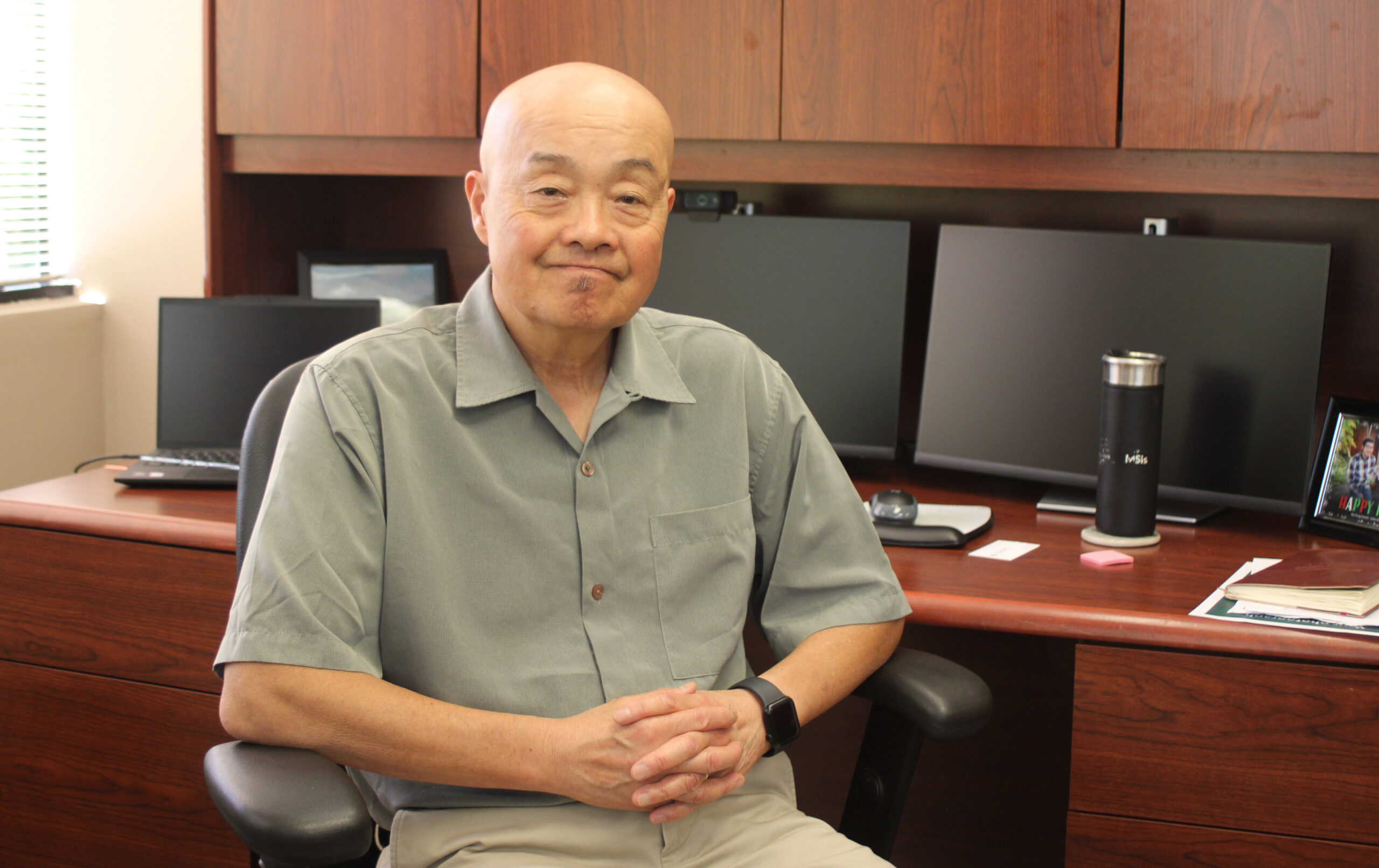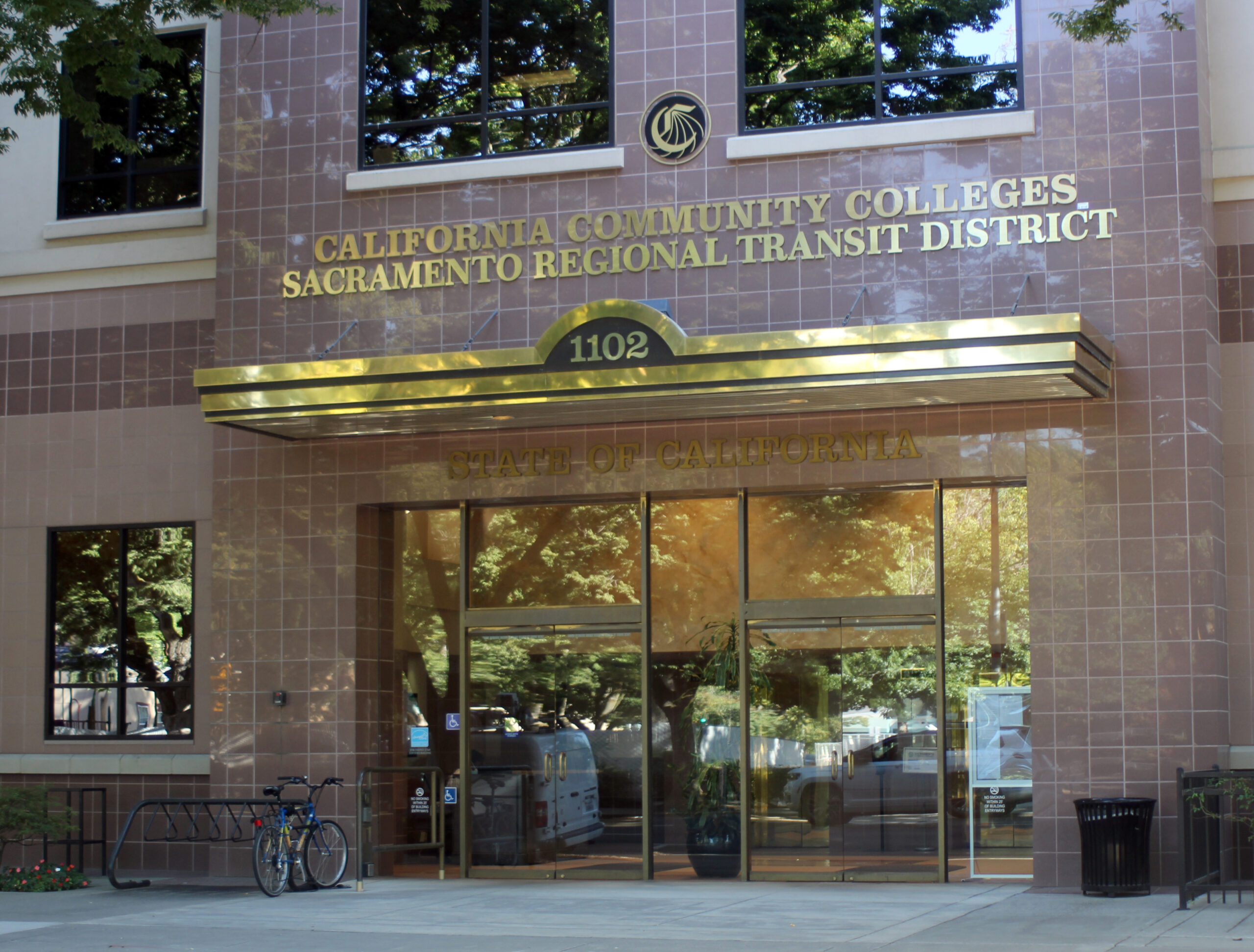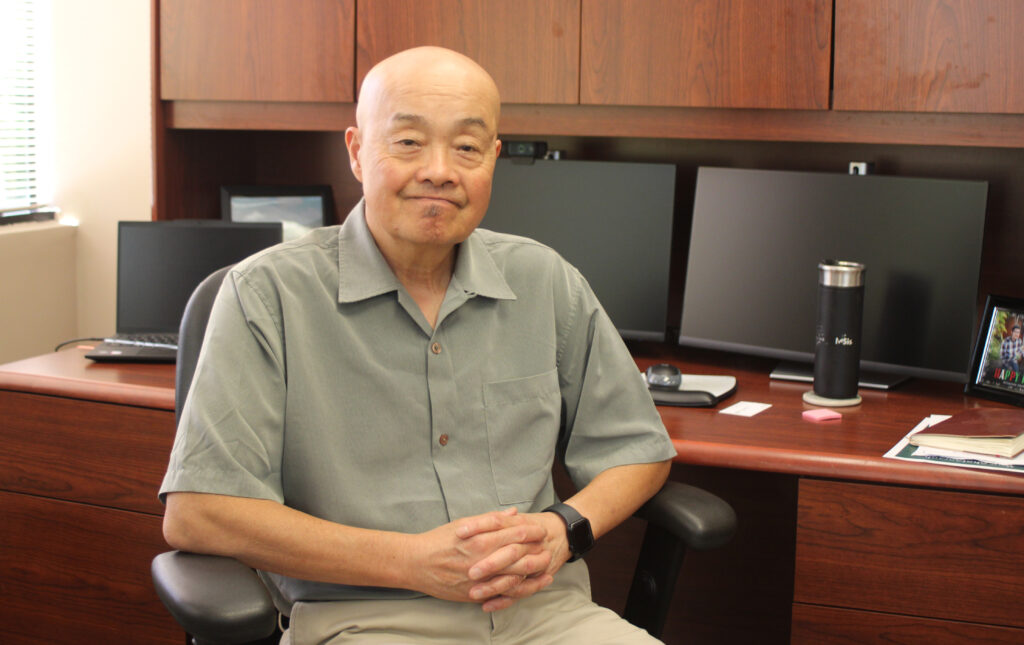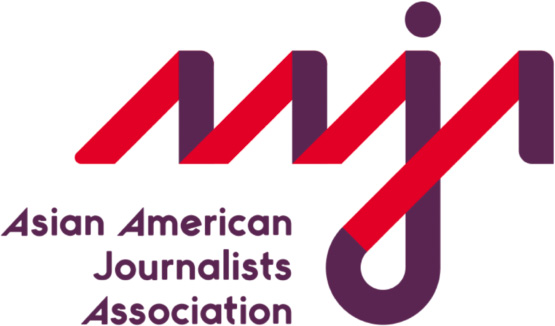Education
 California and Florida are drastically different, but DEI battles across their higher education institutions could hold implications for the rest of the nation.
California and Florida are drastically different, but DEI battles across their higher education institutions could hold implications for the rest of the nation.
Published August 29, 2025
 Kat Tran
Kat Tran

Professor Timothy Fong sits inside his Sacramento State University office. Dr. Fong is the executive director of the Asian American, Native Hawaiian and Pacific Islander Student Achievement Program. (Photo by Kat Tran.)
Joaquin Marcelino thought his school’s Center for Inclusion & Multicultural Engagement (CIME) was closing for renovations over the summer. Weeks later, it turned out the center had shut down for good.
For Marcelino, a rising senior at the University of Florida, the center’s Asian Pacific Islander Desi American office was a safe haven. But CIME and other institutions have been threatened by legislation in Florida, which banned the use of state and federal funds for diversity, equity and inclusion (DEI) programs.
Florida was one of the first states to restrict DEI programs and curriculum in public universities in 2023. And its governor, Ron DeSantis, appears to be aligned with the current federal crackdown on DEI initiatives championed by President Donald Trump.
For Asian American and Pacific Islander (AAPI) communities, CIME and similar resources can be crucial to support systems — especially in minority-Asian areas such as Florida. The DEI fight has proven to be complicated, though, with battles waging at the local level. And in states like California, there’s more resistance to Trump’s agenda.
California, with a larger Asian population than Florida, has more Asian representation in its legislature and courts. Additionally, advocacy groups and state programs work to secure funding for higher education.
Although California and Florida are drastically different, the DEI battles at their public universities could hold implications for the rest of the nation.
At the start of 2025, Trump signed numerous executive orders to end DEI policies, programs and activities across public and private sectors — including the U.S. Department of Education. His administration removed references to DEI in public communications and threatened to pull funding from states that don’t comply with the president’s executive orders.
Higher education institutions that received federal funds or Title IV federal student loan assistance were directed to comply with the Supreme Court’s ruling in Students for Fair Admissions, Inc. v. President and Fellows of Harvard College, which deemed race-based affirmative action in college admissions as unconstitutional.
In February, a letter from the U.S. Department of Education threatened to defund higher education institutions if they did not comply with the ruling. Stop AAPI Hate’s managing director of policy, Annie Lee, noted the letter’s vague and unclear definition of DEI.
“The idea that suddenly all of our curriculum, all of our spaces, have to be blind to the lived reality of our people is ridiculous,” she said.
Phillip Cheng, who graduated from the University of Florida, said Asian communities developed differently in the two states: Whereas the Pan-Asian identity rapidly took shape in 1960s California, this movement was more sporadic and slower in Southern states like Florida.
“The knowledge and information [of these Asian communities] travel at different paces, and I think that it has a complex interaction with the density of people and population,” Cheng said. “We also have different boundaries and rules in terms of achievement in the South itself.”
More than 7 million people identify as AAPI in California and under 1 million in Florida, according to 2024 reports from the nonprofit Asian and Pacific Islander American Vote. California has the highest number of eligible AAPI voters (4,523,427) in the U.S., while Florida has 534,600 eligible AAPI voters.
There are also key differences in the two states’ courts, which could become increasingly important as the DEI fight plays out at the local level. California has at least one Asian Supreme Court justice, according to a 2024 Brennan Center report. The state also has 11 members in its AAPI Legislative Caucus, which seeks to increase AAPI participation and representation in government.
Meanwhile, none of the Supreme Court justices identify as Asian American, Native Hawaiian and Pacific Islander (AANHPI) in Florida. While both states have AAPI-identifying judges, ultimately, California shares a larger AANHPI makeup: 15 judges in California and one in Florida.

In 2017, California’s legislature discussed what it could do to support Asian American and Native American Pacific Islander-serving institutions (AANAPISI). The COVID-19 pandemic — and the anti-Asian violence that came with it — propelled California’s efforts to support these institutions.
Advocates in California, a longtime blue state with a Democratic trifecta and triplex, wanted to limit federal government intervention in its budget — a move that’s more in line with conservative ideals.
The question was: “Could California cover the difference, if federal funds cease for AANAPISI?” said Timothy Fong, executive director of California State University’s Asian American Native Hawaiian Pacific Islander Student Achievement Program (CSU ASAP).
Established in 2022, CSU ASAP is funded by the California Education Code, a set of laws that dictate the state’s K-12 and postsecondary education. The program helps provide culturally responsive services like tutoring, mentoring, career readiness and curriculum development for low-income, first-generation AANHPI students and other underserved students.
Starting in 2011, Fong helped to secure three AANAPISI grants from the U.S. Department of Education for the California State University (CSU) system, recognized as the largest four-year public university system in the U.S.
The 2022 California Budget Act allocated an ongoing sum of $8 million each for AANHPHI programs at CSU SAP and the state’s community colleges.
Section 202 in California Education Code’s Accurate and Inclusive Curriculum Assembly Bill.
“Our state legislature understands and supports the diverse needs of Californians, including undocumented communities,” said Rowena Tomaneng, board president for Asian Pacific Americans in Higher Education (APAHE). The national organization aims to educate, advocate and build leadership among AANHPI communities.
Still, there are concerns over the impacts of dismantling the U.S. Department of Education. Tomaneng said: “There is a lot of worry there will be a backlog in financial aid distribution and even just reviewing students’ [financial aid] applications and Pell Grants.”

Hua Hui Vogel, a disabled and queer Chinese adoptee, advocates for people with intersecting identities — and his university’s Office of Social Justice and Inclusion is integral to his work. At Florida International University, these resources are important for people “who want to feel valued as members of society and feel that they have a place,” he said.
When the university eliminated the Office of Social Justice and Inclusion in January 2024, Vogel said he felt disheartened, but not surprised.
Even before the current crackdown, the state was restricting DEI efforts. Florida — historically a swing state, now a Republican trifecta and triplex — sought to increase government intervention.
In 2023, the state passed its Higher Education Censorship and Government Control Bill, which prohibits universities from funding DEI programs.
The bill also requires all state colleges in Florida to annually report expenditures and resources, regulating any funds used for DEI and critical race theory-related campus activities — a reflection of the state’s restrictive stance on DEI.
Then in 2024, the year before Trump’s second term, the University of Florida closed its Office of the Chief Diversity Officer and cut over a dozen DEI roles.
Still, Marcelino — the University of Florida senior — said he remains hopeful for campus diversity initiatives and Asian American Student Union missions. Some student organizations are still allowed to use funds toward DEI efforts in Florida, Marcellino continued.
“We as students are continuing work and programming to help celebrate our community,” he said, “even if the institutions we are in don’t actively help us to do so.”
Left, a screenshot of the University of Florida’s CIME office website at ‘multicultural.ufl.edu’ taken January 3, 2023 compared to its site on August 11, 2025.
At least 13 higher education institutions across Florida and 41 in California have had anti-DEI changes on campus, such as dismantling their DEI offices, websites and positions, The Chronicle of Higher Education found.
State funding for DEI remains at risk, given recent budget cuts and the reliance on federal funds. Both Florida and California’s state budgets consistently fund higher education institutions, although it is slightly higher in California.
And in both states, more than one-third of the total state budget is dependent on federal funding, according to the nonprofits California Budget and Policy Center and Florida Policy Institute.
California State University said in April that it would continue honoring its AANAPISIs designations and centering underserved students, but there are still undetermined budget changes.
CSU’s AANHPISAP website on February 2025. CSU’s AANHPISAP website on August 2025.
FIU’s OSJI website on October 16, 2022 and that website on August 22, 2024.
As cultural offices and clubs shutter at public universities across the nation, it is difficult to predict the future of DEI.
“Change doesn’t happen overnight,” said Marcelino, who hopes his AAPI community continues advocating on UF’s campus. “We have to continue unified as a community to be able to tackle these issues head-on.”
Over 40 higher education groups across the U.S. have lawsuits against the Trump administration, as monitored by Inside Higher Ed. The judges in nearly two-thirds of these cases have ruled against the administration, while roughly a quarter of them have not been decided.
Meanwhile, AAPI families, professors and community organizers involved in higher education are uncertain about how federal policies will impact DEI programs. Now is the best time for higher education professionals to plan and anticipate creative solutions for students who are reliant on these resources, CSU SAP’s Fong said.
“I think the shock came from how quickly, swiftly and abruptly [the DEI cuts] all happened,” said Elaine Abelaye-Mateo, founder of the Everyday Impact Consulting firm, where she works directly with local partners and organizations focused on DEI initiatives.
Abelaye-Mateo said the hardest part for college students is not knowing whether funding stays intact next year. Her son is currently a rising junior at the University of California, Santa Cruz, where he is involved in Filipino-specific clubs.
She said her son was “in a flurry” as his school faced DEI funding cuts.
“It’s hard as a parent of a son who’s active on campus, who has a lot of pride in the cultural club work that he does, and just not knowing what next year holds,” she said.

University of Florida
Education


Seattle 2025





Apply
Become a fellow or editor
Donate
Support our impact
Partner
Work with us as a brand

The Asian American Journalists Association (AAJA) is a membership nonprofit advancing diversity in newsrooms and ensuring fair and accurate coverage of communities of color. AAJA has more than 1,500 members across the United States and Asia.